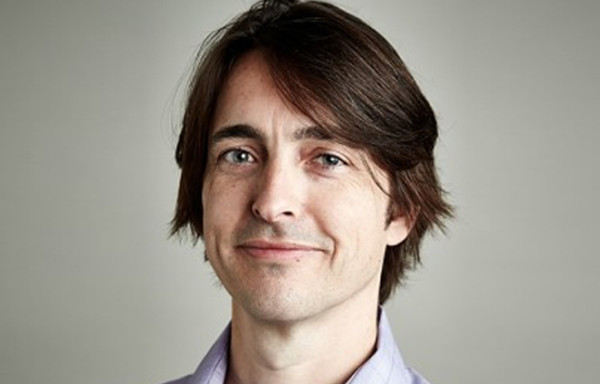Each month of our 50th anniversary we’ll feature two Mackey Mitchell employees to show how they embody our four key values – curiosity, innovation, drive, and discovery.
What does innovation mean to you?
In my experience, we never start a project with a blank drawing board. Each building is shaped by existing opportunities and constraints—both physical and abstract. When proven methods fall short, creative thinkers develop unique solutions and unexpected approaches to navigating such circumstances. That’s innovation. It’s how our practice evolves. When implementing untested ideas, we also plan for possible negative outcomes. Risk management is fundamental to innovation.
As a LEED-accredited professional, what role does environmental responsibility play in your work?
The building industry is a top contributor to worldwide energy use, climate change, air and water pollution, water use, and landfill waste. This is not new, and long before green rating systems became popular, Mackey Mitchell advocated for responsible environmental design on all projects.
At that time, our challenge was educating clients and convincing them to invest in sustainable strategies. Often suggestions as basic as energy efficient lightbulbs were rejected due to cost. Because sustainability was ingrained in our practice, our firm adopted the LEED rating system early, and our first LEED building—the Alberici Headquarters in St. Louis—received LEED Platinum certification with more points than any other project at that time. Working on that team inspired me to become a LEED-accredited professional in 2004. Since then, LEED has changed the way owners think and talk about sustainability.
What challenges do you often find while trying to create environmentally responsible architecture, and how does innovation help solve these challenges?
With the growing popularity of third-party green certifications like Energy Star for Buildings and LEED, many of our clients are eager to discuss sustainable options for their new and renovated buildings. It is particularly rewarding to work with universities that have campus sustainability leaders eager to explore conventional and innovative ideas.
Recycling programs, low-flow plumbing fixtures, and occupancy sensors have become commonplace. Now owners are exploring net zero and carbon neutral strategies. Cost is probably their greatest challenge. To offset the higher square foot cost, we routinely develop new concepts for flexible spaces that serve multiple purposes.
I have also seen innovative clients raise additional funding through energy grants, third-party investors seeking to promote sustainable technologies, and local manufacturers willing to buy recycled materials.
Describe a project where you used sustainable architecture in a unique way.
We are collaborating with two other architecture firms on a new residence hall at the University of Arkansas. Currently under construction, it is the first US campus housing project of its size to utilize mass timber technology, including a glue-laminated timber post and beam structural system and cross-laminated timber floor and roof decks.
A beautiful natural material, wood, has been shown to promote occupant comfort, health, and wellness. It is a renewable resource with less embodied energy, fewer greenhouse emissions, and a smaller carbon footprint compared to traditional structural materials. We are eager to see what impact the building has on occupant wellness as that has become a new standard for measuring sustainable design.
Where do you see innovation incorporated at Mackey Mitchell?
At Mackey Mitchell, innovation starts with hiring talented individuals and investing in personal and professional growth at all levels. Hailing from over twenty-five universities, our diverse staff brings a broad range of viewpoints and experiences to every project.
We have developed a cultural appreciation for multi-disciplinary problem solving and routinely explore how lessons learned on one building—such as a special needs elementary school—can benefit a seemingly unrelated project—such as our next university student center. Innovation often arises from discussions on how to improve the experience of those who live, work, and play in our buildings with more emphasis on social psychology than on bricks and mortar.

 By: Mackey Mitchell
By: Mackey Mitchell 